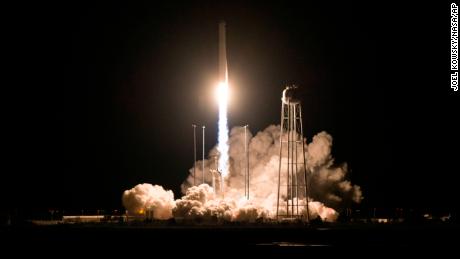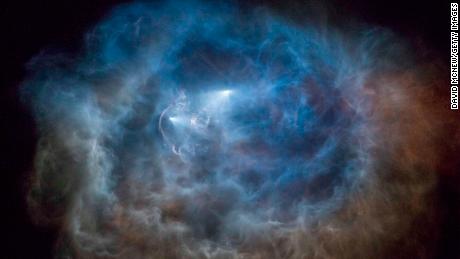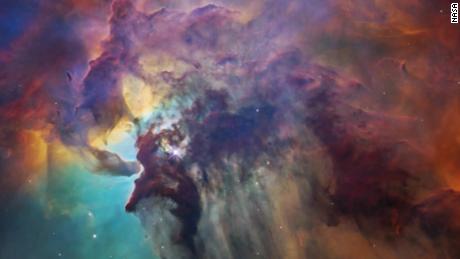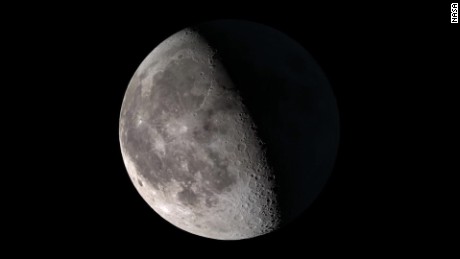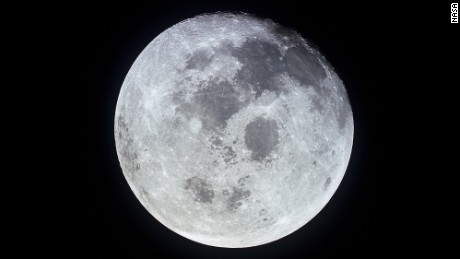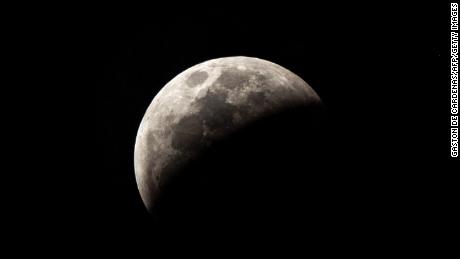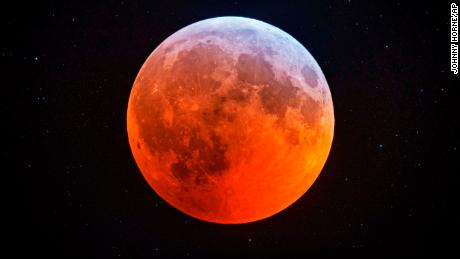(CNN)Earth didn't exactly start out ready to support life, but scientists now have a better idea of how the essential elements for life ended up on our planet, according to a study published Wednesday in the journal Science Advances.
Something had to deliver the vast majority of carbon, nitrogen, sulfur, hydrogen and other elements, known as volatiles, to Earth because the rocky planets in the solar system lacked these essential ingredients for life.
"But the timing and mechanism of volatile delivery has been hotly debated," said Rajdeep Dasgupta, co-author of the new study and professor in Rice University's Department of Earth, Environmental and Planetary Sciences, in a statement. "Ours is the first scenario that can explain the timing and delivery in a way that is consistent with all of the geochemical evidence."
The researchers believe that these volatile elements were delivered when a Mars-size planet collided with Earth 4.4 billion years ago. This collision also created our moon.
Though this has been a longstanding theory, others have argued that a collision actually created the elements or that the volatiles were delivered after the moon-forming collision. To test these scenarios, Dasgupta and his team ran high-temperature, high-pressure experiments, thermodynamic modeling and numerical simulations.
Damanveer Grewal, lead study author and graduate student in the Department of Earth, Environmental and Planetary Sciences, ran through the possibilities.
One long-suggested theory is that Earth collided with a protoplanet containing a core rich in sulfur. This was believed to be possible because Earth contains sulfur in many places in addition to its core. A protoplanet is a large embryonic planet that has a differentiated interior after experiencing internal melting.
"The core doesn't interact with the rest of Earth, but everything above it -- the mantle, the crust, the hydrosphere and the atmosphere -- are all connected," Grewal said. "Material cycles between them."
Another theory is that meteorites from the outer solar system, called carbonaceous chrondrites, impacted Earth after its core formed. But the ratio of carbon to nitrogen didn't match up in this scenario.
The researchers used information from experiments mimicking these scenarios to create a computer simulation and find the most likely answer. Overall, it ran 1 billion scenarios and compared them against conditions in the solar system today.
"What we found is that all the evidence are consistent with a moon-forming impact involving a volatile-bearing, Mars-sized planet with a sulfur-rich core," Grewal said.
The researchers also discovered that the Earth and the moon's volatiles have a similar origin, which rules out the theory that the volatile elements arrived on Earth after the moon was formed.
But the finding doesn't just have implications for Earth's history.
"This study suggests that a rocky, Earth-like planet gets more chances to acquire life-essential elements if it forms and grows from giant impacts with planets that have sampled different building blocks, perhaps from different parts of a protoplanetary disk," Dasgupta said. "This removes some boundary conditions. It shows that life-essential volatiles can arrive at the surface layers of a planet, even if they were produced on planetary bodies that underwent core formation under very different conditions."
By itself, Earth could not have produced enough volatiles to create an atmosphere, all of the bodies of water on its surface or an environment to support life.
"That means we can broaden our search for pathways that lead to volatile elements coming together on a planet to support life as we know it," Dasgupta said.






